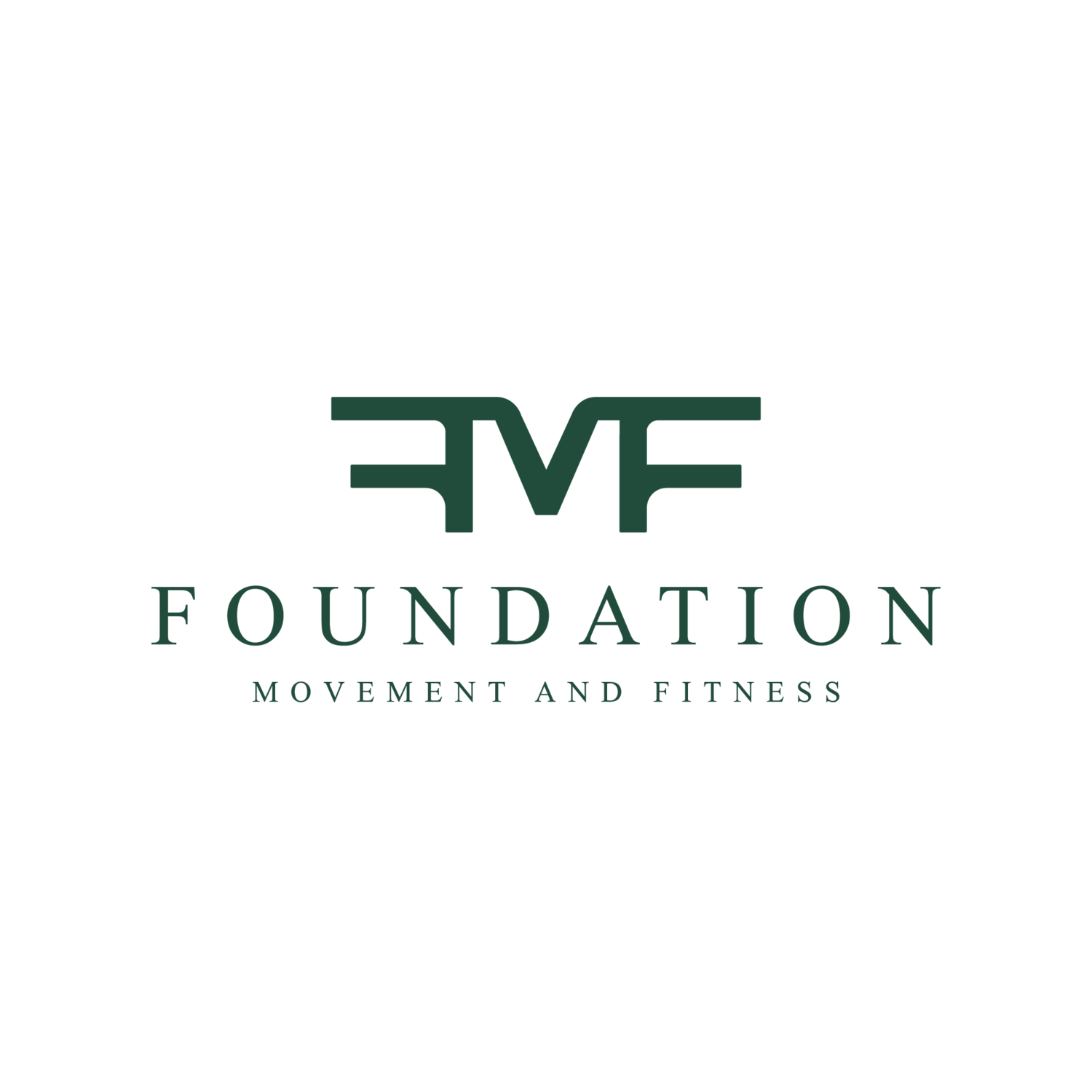Hello everyone! Happy New Year!
I simply cannot believe how fast last year flew by and that I’m going to have to start writing 2023 as the date. (Although it will probably take about three weeks of accidentally writing 2022 before I get in the habit, as it always does).
I hope you all had a wonderful holiday season and are feeling ready to start the new year off refreshed and recharged. I know at FMF we have a ton of GREAT things in store for 2023. We’re going to bring you lots of awesome content across our social media platforms that we’re sure you’ll love. It’ll be a little bit of everything this year. As usual, our intention is always helping YOU have the most knowledge and confidence in your:
Movement
Fitness
Physical Health
& Mental Health
Our goal is always to empower you to develop quality movement practices and to advocate for and invest in your health.
Without further adieu let's get into the FIRST BLOG of 2023!
Today I thought it would be fitting to dive into building a foundation in fitness terminology. Over the past few years there has been a huge rise in fitness influencers and health professionals on social media. It’s amazing how people can reach such a large audience from just their phones. This has had some great effects by helping to educate people, encourage people, and bring people together around health and fitness. It’s also allowed for candid conversation and discussion around important topics.
As with everything related to social media, there have also been some negative effects. Because people on social media don’t have to have any formal education or training to share content, there is some spreading of misinformation. This can unfortunately be harmful and detrimental to people’s wellbeing.
With any topic on social media, certain terms and concepts can become popular and kind of go viral causing everyone to talk about them. Sometimes it can be really confusing to sort out what is true and what isn’t! Today I want to go over some basic terms you have probably heard thrown around a lot to help you understand and be able to discern good versus not so good advice on the internet. I believe a little bit of knowledge can go a long way.
Low back pain is one of the LEADING causes of lost work days AND 6th on the list of costly health conditions in the U.S. (2019). You have likely heard people talk about solving low back pain as it is so prevalent. I am going to use this example of low back pain and the popular language around its causes and the solutions to walk through some applied anatomy. Through this example, you’ll hopefully feel CONFIDENT understanding similar language around other body parts as well such as for shoulder or knee pain.
Let’s begin with some basic anatomical terminology to set the stage.
(Now, obviously, anatomy and physiology are complex subjects and I certainly can’t teach everything in one blog post so I am going to use this one example and as simple terminology as possible to help anyone who hasn’t had any formal education on this subject)
In anatomy, we use something called anatomical position. This is a universally agreed upon view of the human body so that in any discussion about it, everyone understands what’s being referred to. This is similar to the concept of the agreed upon compass - North, East, South, and West.
Here you see the body in anatomical position. In this exact position, everything on the LEFT photo is anterior and everything on the RIGHT photo is posterior.
Next, let’s define the words flexion and extension. Different muscles flex and extend each joint. Think of flexion as shortening a muscle and extension as lengthening a muscle. Each muscle has an antagonist muscle which is like its partner on the opposite side. When one of them flexes the other must extend. Here are 2 common examples:
Your bicep and tricep are antagonists. The bicep flexes the elbow and the tricep extends it.
Your hamstring and quadriceps are antagonists. The hamstring flexes the knee, bringing the foot toward the glutes, and the quadriceps extend the knee, straightening the leg.




